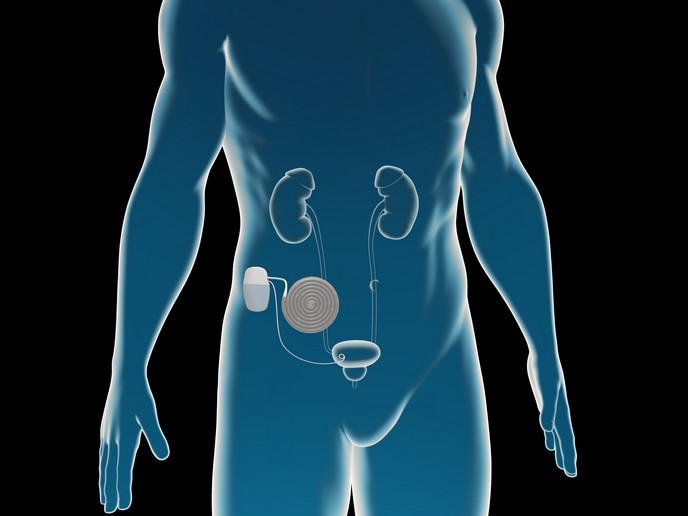New artificial system for liver patients
Cellular reprogramming – the ability to turn any cell of the body into a pluripotent stem cell (PSC) – has opened up exciting possibilities for studying and treating diseases. Giving rise to every other cell type in the body, human-induced PSCs provide an unlimited supply of replacement cells and tissues for patients with currently untreatable diseases. The EU-funded project NANOBIO4TRANS(opens in new window) (A new nanotechnology-based paradigm for engineering vascularised liver tissue for transplantation) combined recent advances in stem cell research, bioartificial materials and biosensor technology to develop new tools for use in transplantation beyond the state of the art. The project outcome was a bioartificial liver support through which blood plasma is circulated over functionally active hepatocytes packed in a bioreactor. NANOBIO4TRANS' bioartificial liver device can be exploited in modern medical technology. For the first time, the function of the liver's functional units – hepatocytes – derived from human-induced PSCs was compared to freshly isolated human hepatocytes. The former presented unrivalled liver functions comparable to those of fresh liver tissues. Project members successfully developed bioreactor technology that supports growth and monitors through specialised sensors the condition of PSCs. For bioreactors to closely resemble the function of livers, they need to be built on artificial scaffolds and contain all cellular components in close contact to each other. To this end, the team combined innovative techniques, including 3D filament printing, polymer casting and sugar/salt leaching to create 3D cellular microporous scaffolds hosting a large network of small blood vessels. Nano-structured interpenetrating networks of hydrogel deposits inside these 3D scaffolds makes possible targeted delivery of drugs in cells residing inside the scaffold. The newly developed strategy allows scaling the scaffold size by a factor of 1 000. To achieve large-scale production of human-induced PSCs, scientists made sure to provide the proper growth conditions of 3D cell cultures. As such, PSCs efficiently differentiated not only into hepatocyte-like cells with enzyme induction potential, but also into other cell types (lung and beta cell progenitors). Once libraries and biobanks with patient-derived PSCs are developed, patients will be able to benefit from these newly developed specific bioartificial liver devices. Producing and storing PSCs from individuals with different blood types will lead to the development of customised bioartificial devices that should minimise the risk of tissue rejection.







